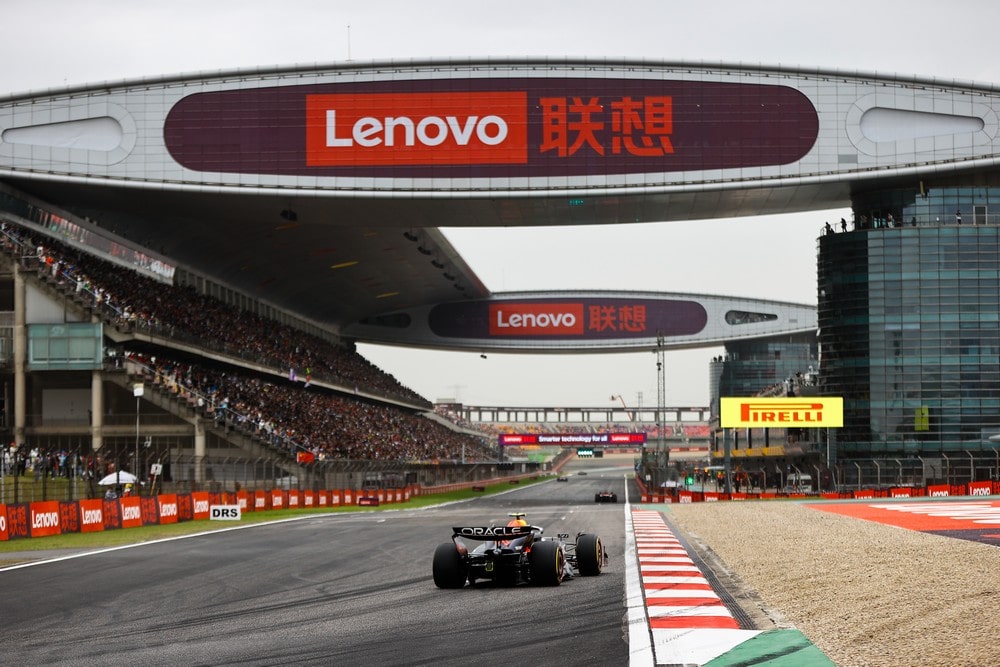
Formula One made a celebrated return to China this week for the first Chinese Grand Prix in five years. To make things more special, it was also the first sprint weekend of the season. But there were other stories off the track regarding sustainability, finances, and chassis development. Plus, a new points system has been proposed for the 2025 season and beyond.
A revised points system has been proposed for 2025, which would shake up the midfield contenders. The current points system sees only the top 10 drivers eligible for points, but the new system would increase that eligibility to the top 12. To ensure minimal impact on the top teams, only P8 and below would change, with a 25/18/15/12/10/8/6/5/4/3/2/1 points system and an additional point for the fastest lap. The midfield teams often fail to score points in a weekend due to the consistency of Red Bull, Ferrari, Mercedes, McLaren, and Aston Martin. The current points system has been in place since 2010, with only a minor tweak in 2019 to include a point for the fastest lap. The proposal would only require majority support, meaning just six of the current teams would need to back the change for it to be introduced next season.
Formula One has released its sustainability report which reports a 13% decrease in carbon emissions in 2022 compared to 2018. The sport’s Net Zero campaign aims to reduce carbon emissions by 50% in 2030 compared to the baseline taken in 2018. However, the larger calendar has caused less of a reduction compared to last year’s report. The 2022 report, which only featured figures for 2021, reported a decrease of 17% compared to the 2023 report, which only featured figures for 2022. This is, in part, because the 2022 season featured an additional race on the calendar. Despite this, F1 claims that the carbon footprint for travel and logistics has been greatly reduced. This is thanks to significant investment by logistics partner DHL and restructuring the calendar to streamline logistics. Further changes are coming, as the sport is set to switch to sustainable fuels with the new 2026 engine regulations, although the cars still account for less than 1% of the total emissions.
Mercedes has become the first Formula One team to exceed £500m (~$620m) in turnover. The year-end financial report filed by Mercedes-Benz Grand Prix Ltd. cites an increased turnover of £71.9m (~$89m) compared to 2022, although it has earned less profit. The dip in profits is due to numerous factors including hiring 175 additional staff members, a more than £10m (~$12m) increase in car development, and higher tax payments.
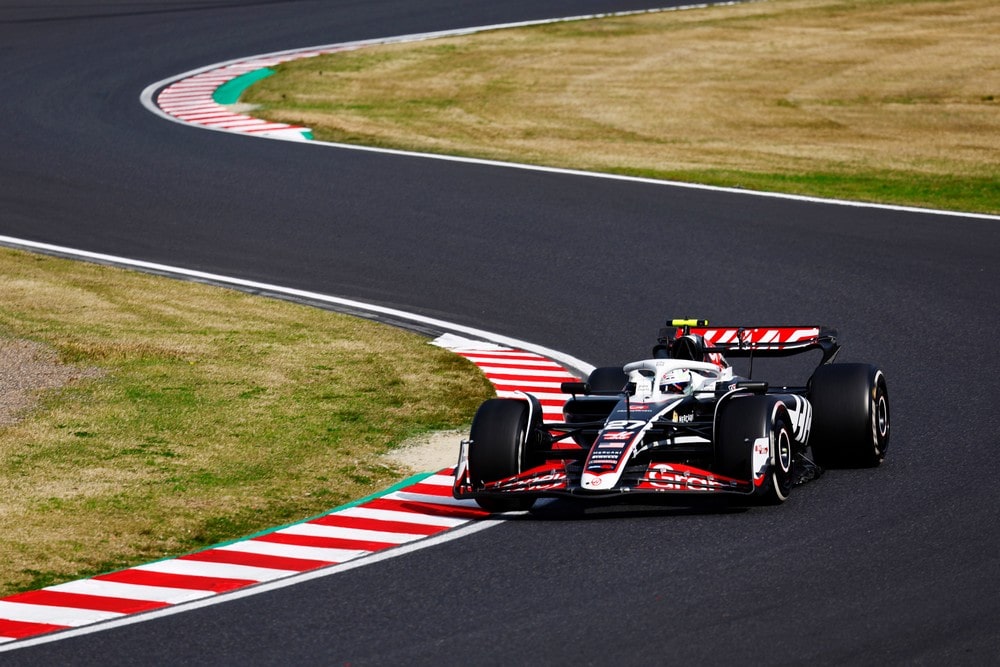
New Haas team principal Ayao Komatsu has indicated that Gene Haas is interested in investing more money in the struggling team. Komatsu replaced Guenther Steiner as team principal at the start of the year. Upon his exit Steiner was clear that a lack of investment in the team was a core reason behind the team’s poor performance. Komatsu has said that more money is on the way, with the team already set to get a new motorhome later in the year. He has already stated that more money may be up for grabs if the squad can prove to Gene Haas that it can use it responsibly.
Former Haas team boss, Guenther Steiner, is believed to be exploring a new F1 team project. Some sources close to Steiner have suggested that the Italian-American has already found an investor interested in entering Formula One. These come with rumours that Red Bull has been considering the sale of their secondary team, RB. Steiner has links to Red Bull, having previously worked as technical operations director in their early years. However, it is all speculation at this point.
The helmet worn by Niki Lauda in his firey accident at the 1976 German Grand Prix will be auctioned off at the 2024 Miami Grand Prix, along with numerous other race-worn F1 helmets. This is the first time the iconic helmet will go to auction, having been previously held in private collections. A portion of the funds raised by the helmet will be donated to UNICEF, the charity selected by Lauda’s family. The auction will be held by Bonhams|Cars on Saturday, May 4 at the podium of the Miami International Autodrome and also feature race-worn helmets of Gilles Villeneuve, Michael Schumacher, Nigel Mansell, Alain Prost, Jean Alesi, Gerhard Berger, and Eddie Irvine.
Various watches owned by Michael Schumacher will go to auction on May 13, with an estimated value of $2.5m to $5m. The most expensive of the collection is a unique Platinum Vagabondage 1 that was commissioned by Jean Todt as a Christmas gift to Schumacher in 2004. The auction is organized by Christie’s Auction House and will be held in Geneva, Switzerland. All of the lots on offer can be viewed on their website.
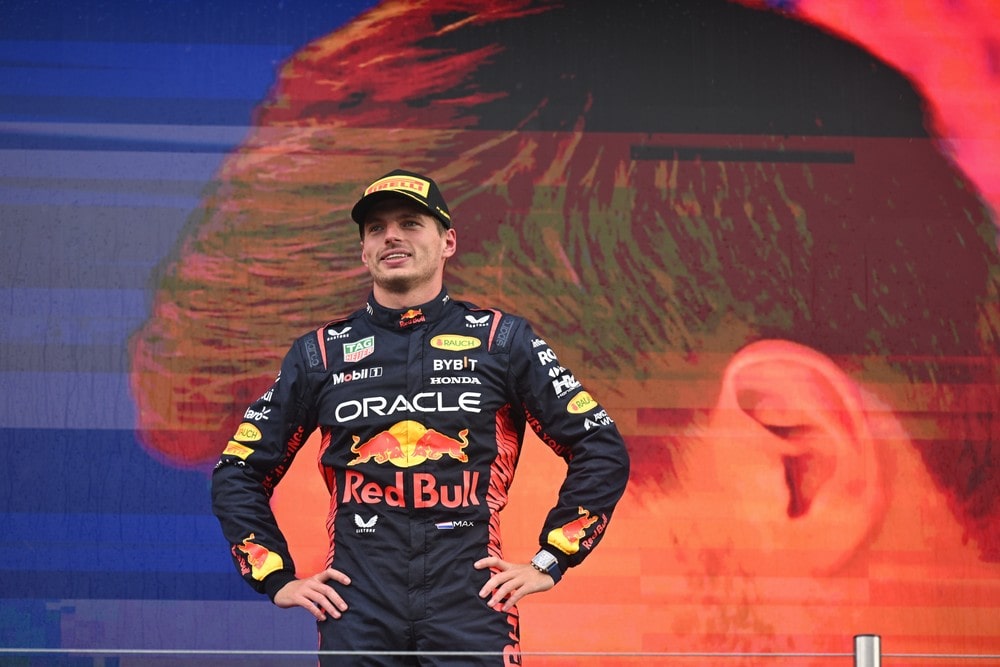
Max Verstappen has been included on the TIME100 List of the 100 Most Influential People. This comes after the three-time World Champion’s most dominant season yet, in which he won 19 of the 22 races and secured the championship title by a whopping 290 points with more than double the points of his teammate. He is not the only Formula One driver featured on the list since its creation in 1999. Michael Schumacher was included in 2005 and Lewis Hamilton in 2020.
The Alpine team now has a spare chassis for the first time this year, bringing a newly upgraded chassis for Esteban Ocon to use in the Chinese Grand Prix. The new chassis is lighter and features an upgraded floor that was fast-tracked by the team to try and correct the team’s horrific performance. The A524 is believed to be a heavy car, with weight reductions being a focus for the team going forward. Having a spare chassis also means that the team is no longer at risk of having to withdraw in the event of a big crash, as we saw with Williams in Australia.
Daniel Ricciardo was given a new chassis ahead of the Chinese Grand Prix after a rocky start to the season. The RB team did not find any defects with the original chassis he started the season with but hopes the swap will give him a moral boost as the season continues.
Friday morning was a busy time at the Shanghai International Circuit as the teams rushed to acclimatize themselves in the first and only practice session of the sprint weekend. The circuit had been absent from the calendar for the past five years. Lance Stroll topped the session in his Aston Martin for the first time this season ahead of McLaren driver Oscar Piastri. The session featured a variety of practice programmes, essentially rendering lap times useless. The session was briefly stopped by a bizarre brush fire in the grass alongside turn seven, potentially from sparks caused by the cars bottoming out. The situation was quickly dealt with by the marshals.
After just an hour of running, the drivers took to the track for the sprint qualifying sessions. Although the session started in dry conditions, rain began to fall in the closing stages of SQ2. This caught out George Russell, who was forced to abort his fast lap in the slick conditions, costing him a chance at making it to SQ3. He may not have had this misfortune if the start of SQ2 hadn’t been delayed by another brush fire in the grass at the edge of the circuit. Rainy conditions in SQ3 caused a shuffled final order. Lando Norris took sprint pole position, despite his lap time having been accidentally deleted by race control. His final time was more than a second faster than Lewis Hamilton, who had been the first driver to break the two-minute barrier in the session. Fernando Alonso set a time worthy of P3, ahead of Max Verstappen and Carlos Sainz.
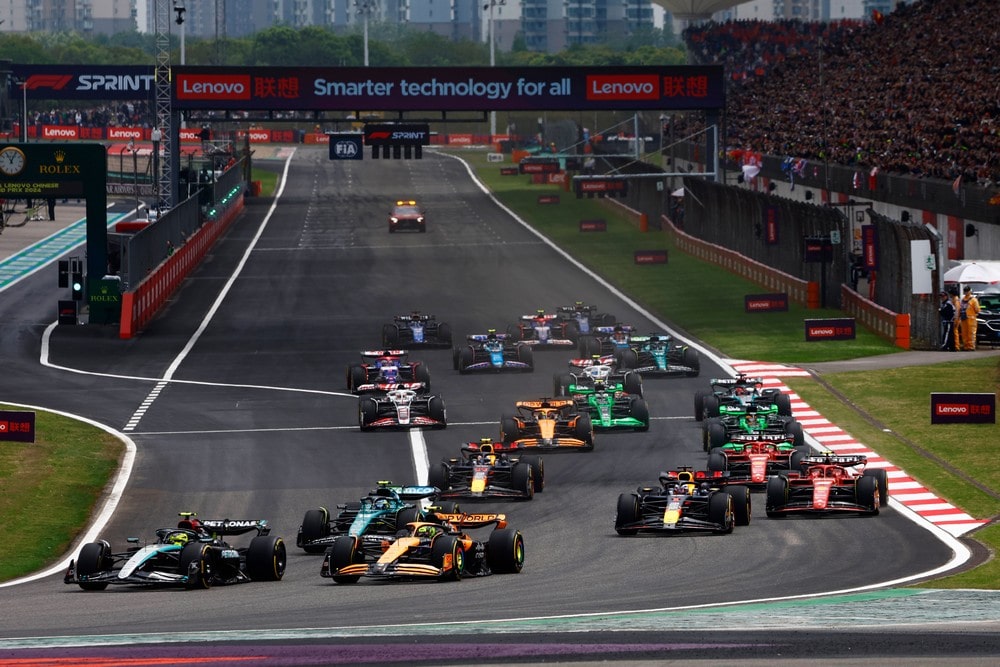
In the sprint race, Lewis Hamilton had a strong getaway from the front, while Lando Norris ran wide in the opening corner, dropping down the order. After being overtaken by Max Verstappen, Fernando Alonso became the leader of a DRS train for most of the remaining laps, leading to a thrilling conclusion to the race. Sergio Perez benefitted from the wheel-to-wheel battle between Alonso and Carlos Sainz, which saw the Aston Martin retire with a puncture. There was a bit of frustration between the Ferrari teammates, as they touched when fighting in the hairpin. At the front, Verstappen was able to chase down Hamilton and take the race victory. Click here to read a full summary of the sprint race action.
With dry conditions on Saturday afternoon, the qualifying session was far more routine, with Max Verstappen securing his fifth pole position this season. The track was busy when Q1 got underway. Lewis Hamilton was the shock exit of the session, failing to make it to Q2 and having to settle for a P18 slot on the grid. The red flag was brought out briefly in Q2 after Carlos Sainz spun into the barriers in the final corner in the closing stages of the session. He was able to get his car going again, leading to a protest from Aston Martin because the rules say stopped cars cannot continue to participate in qualifying. The protest was dismissed and Sainz took part in Q3, although Ferrari appeared to struggle for pace, with both drivers finishing outside the top five. Red Bull locked out the front row, with Alonso separating them from the McLaren cars.
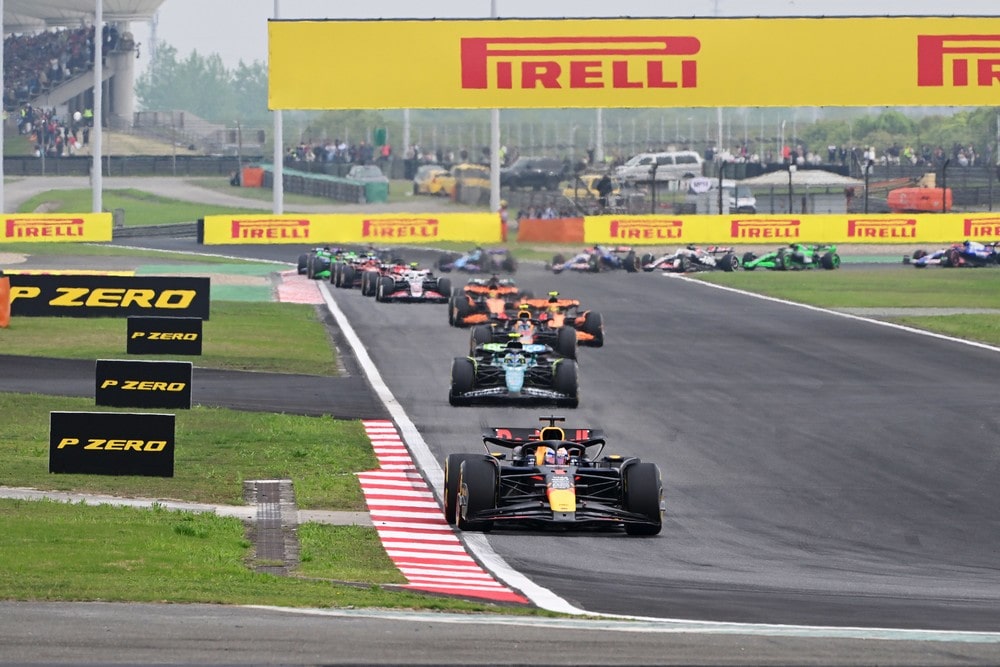
Max Verstappen took a comfortable lead at the start of the race on Sunday afternoon. Perez was held up in the early stages by Alonso, who had managed to overtake him in the first corner. Both Ferrari cars ran wide in the first corner after struggling for grip. Lando Norris inherited the lead when everyone pitted and a safety car to clear Valtteri Bottas’ smoking Sauber allowed him and Leclerc to make their scheduled stops. The safety car restart caused chaos at the hairpin, with Lance Stroll slamming into the back of Daniel Ricciardo’s RB and Yuki Tsunoda was spun by Kevin Magnussen later in the lap. The cars were lined up for another restart attempt which went much smoother. Alonso took a gamble to switch to soft tyres during the safety car, putting him on an alternate strategy that provided some entertainment in the closing stages. But the streak of 1-2 finishes this season was broken, with Lando Norris separating the two Red Bulls. Perez had made a second pit stop, costing him track position. Click here to read a full summary of the action from the Chinese Grand Prix.
Daniel Ricciardo was given a three-place grid penalty for the Miami Grand Prix due to a safety car violation. After being struck during the first safety car restart, Ricciardo was overtaken by Nico Hulkenberg. Incorrectly believing that he was entitled to reclaim the position he lost, as the race had not officially resumed, Ricciardo overtook the Haas in the subsequent safety car period that followed. After the race, the stewards ruled he was not allowed to reclaim the position, slapping the Australian with a 10-second penalty for overtaking behind the safety car. However, since Ricciardo retired before the end of the race, the penalty was converted to a grid drop at the next race.
Next up on the calendar is the Miami Grand Prix, the first of three American races this season. The action starts on May 3, with the race on May 5.
The Weekly F1 Recap on Racing Clothesline is a series published every Monday. Each article breaks down the previous week's Formula One headlines into bite-sized pieces, perfect for casual fans to keep themselves in the loop.